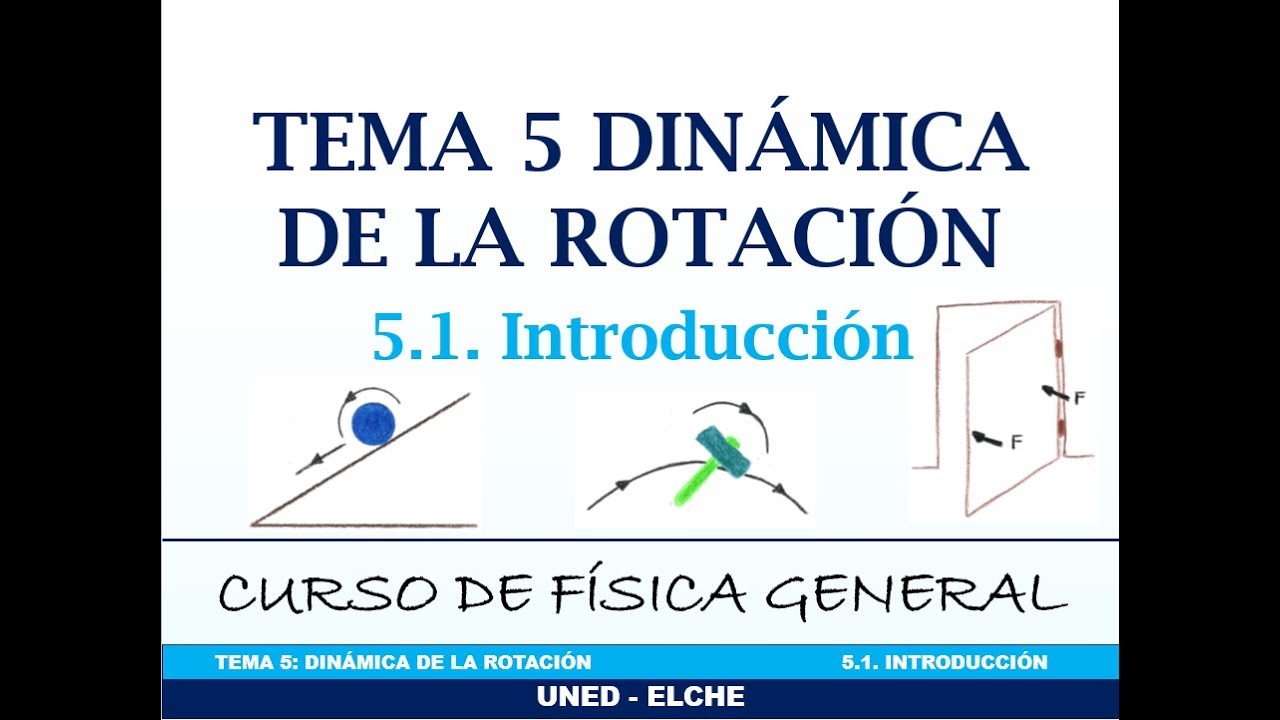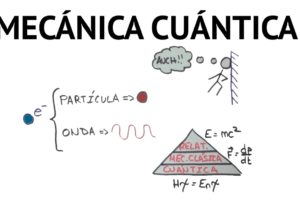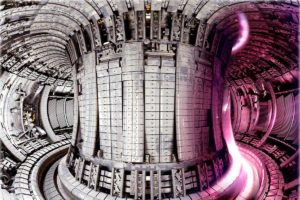Description
With this free 23-lesson video course you will learn about the most important concepts of Rotation Dynamics in Physics
Rotation is the movement of a body or a frame of reference changing orientation so that a line (called the axis of rotation) or a point remains fixed.
The rotation of a body is represented by an operator that affects a set of points or vectors. Rotational motion is represented by the angular velocity vector {displaystyle {boldsymbol {omega }}}}{boldsymbol omega }, which is a vector with a sliding character and located on the axis of rotation. When the axis passes through the center of mass or gravity, the body is said to "rotate on itself."
The rotation can also be oscillatory, as in the pendulum (left). Turns are complete only when the energy is high enough (right). The graph above shows the trajectory in phase space.
In mechanical engineering, revolution is a complete rotation of a piece on its axis (as in the unit of revolutions per minute), while in astronomy the same word is used to refer to the orbital movement of translation of a body around another (such as the planets around the Sun).






Reviews
There are no reviews yet.